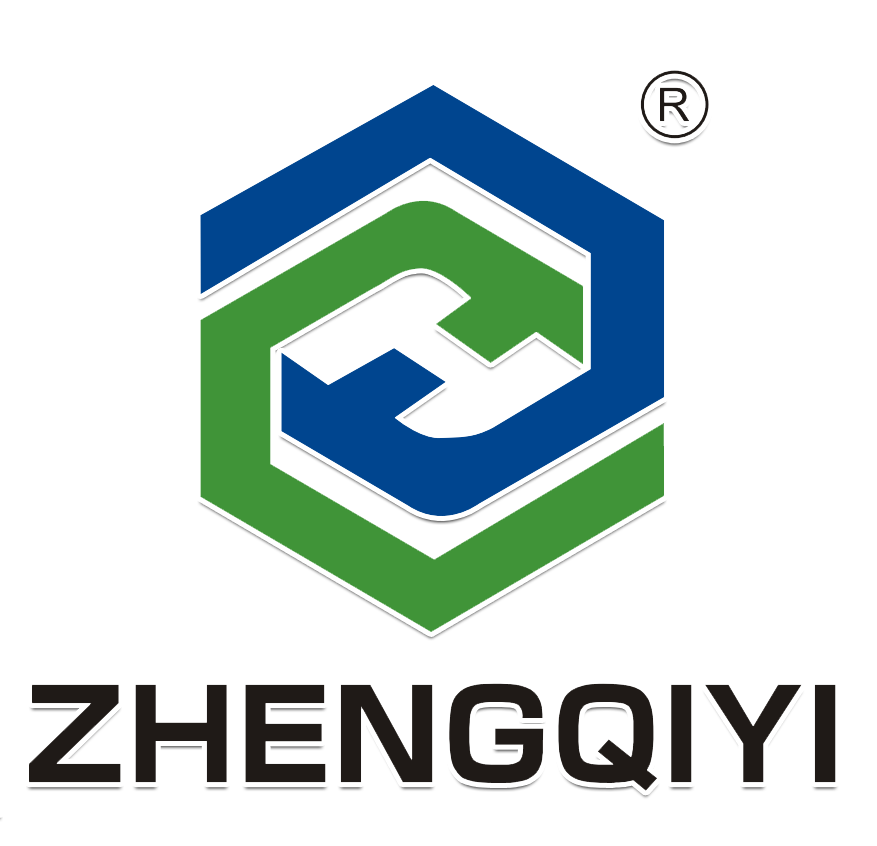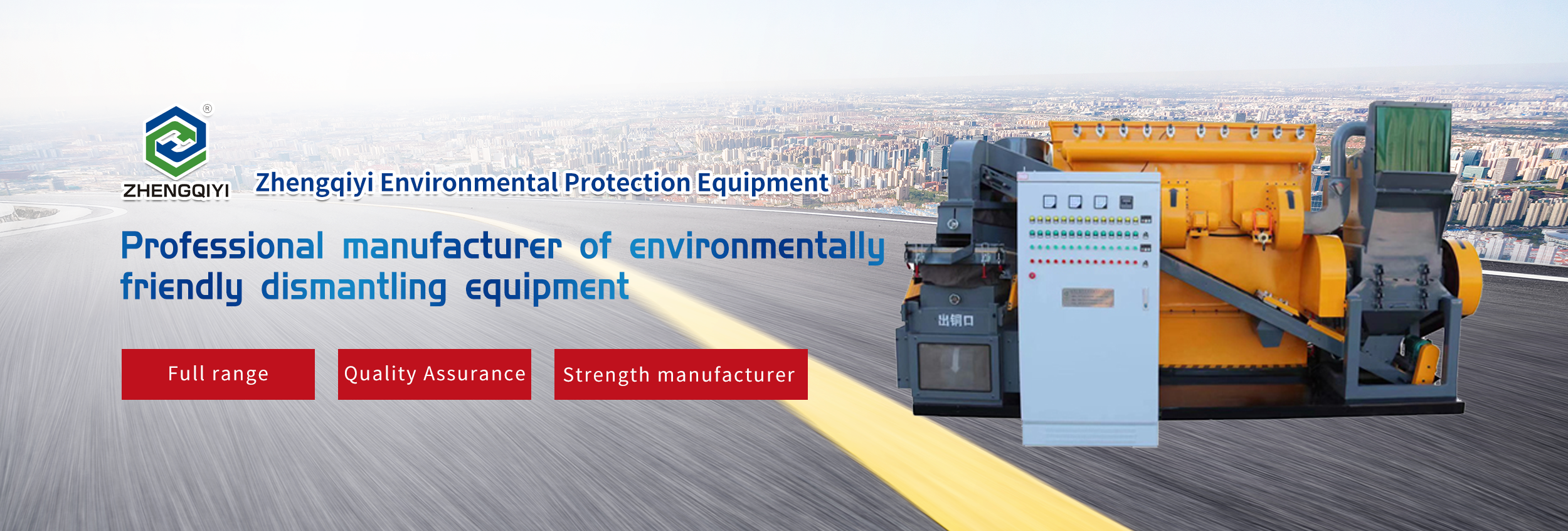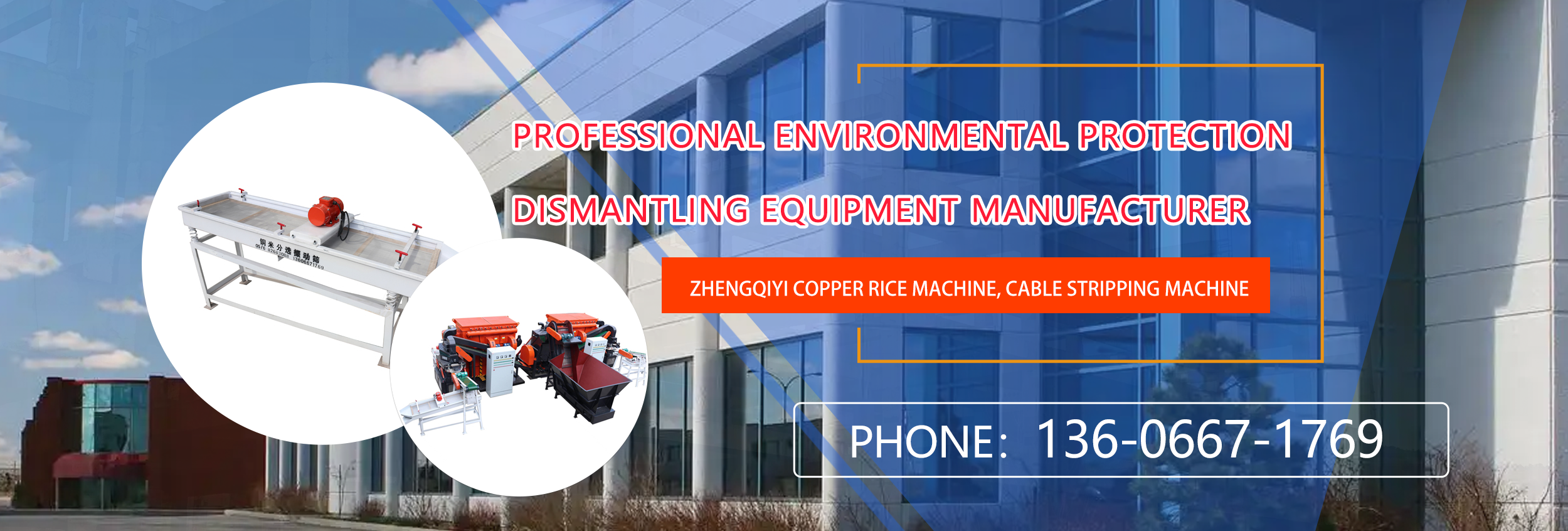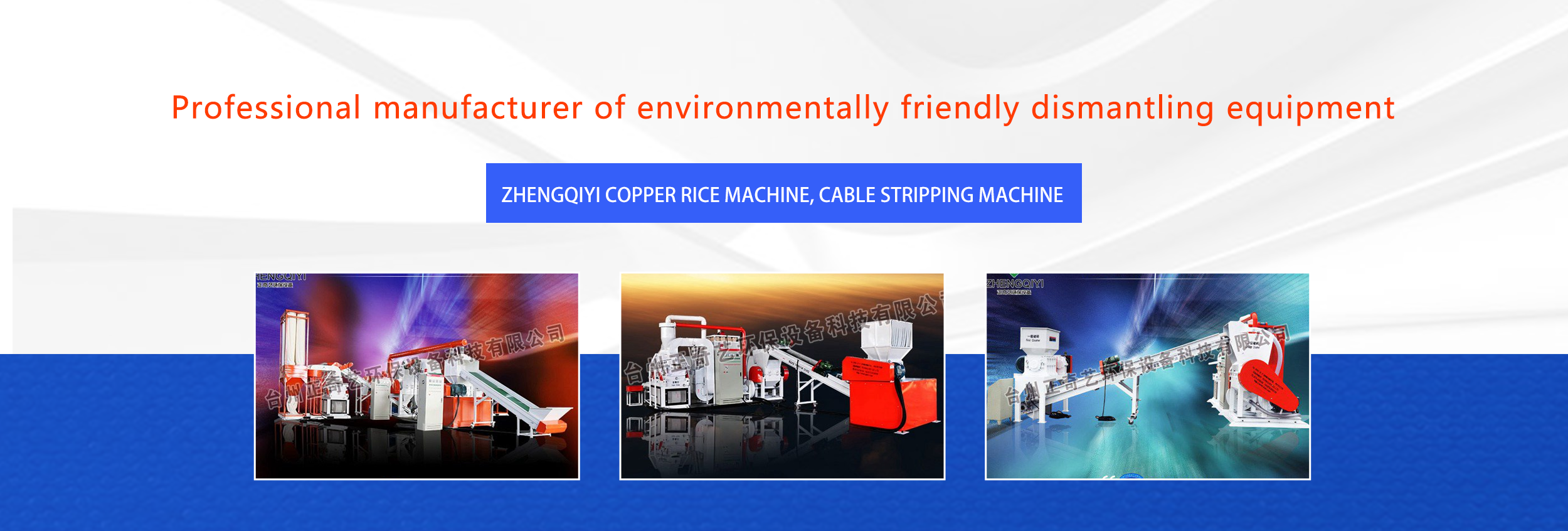Amidst the five major challenges yet to be resolved in the automotive dismantling industry, a bright future emerges
Since the beginning of the 21st century, the number of automobiles in China has been continuously increasing, and the automotive industry has entered a stage of explosive growth in demand, with a typical scrapping period of 10-15 years. It is expected that China will enter a peak period of automobile scrapping after 2015. 2015 is a crucial year for the government to implement mandatory elimination of yellow label vehicles, which will promote the development of the scrap car recycling and dismantling industry.
Amidst the five major challenges yet to be resolved in the automotive dismantling industry, a bright future emerges
At present, the number of cars in China is constantly increasing, with over 5 million scrapped cars per year, and it is expected to exceed 14 million by 2020. However, the current situation of automobile scrapping, recycling, and dismantling in China is not ideal, which not only poses a hidden danger to road traffic safety, but also pollutes the environment due to substandard emissions.
Data shows that by the end of 2014, the total number of civilian cars in China reached 154.47 million (including 9.72 million three wheeled vehicles and low-speed trucks), a year-on-year increase of 12.4%. In order to accelerate the elimination of yellow label vehicles in various regions, the Ministry of Environmental Protection, together with six departments including the Development and Reform Commission, the Ministry of Public Security, the Ministry of Finance, the Ministry of Transport, and the Ministry of Commerce, has issued the "Implementation Plan for the Elimination of Yellow Label Vehicles and Old Vehicles in 2014". Starting from the second half of 2014, a monthly scheduling system for the elimination of yellow label vehicles and old vehicles will be implemented, and progress of elimination tasks in various regions will be reported on a monthly basis. Various regions have introduced relevant supporting policies and measures, effectively promoting the elimination work. In 2014, China recycled and dismantled 2.2 million scrapped cars, accounting for 1.42% of the total car ownership.
Five major challenges to be solved in the automotive dismantling industry
Overall, the challenges faced by China's automobile dismantling industry mainly include the following five points:
The first issue is low recycling volume and disorderly order. The recycling rate of scrapped cars in our country has been hovering at a low level. Due to the low price of "quasi scrapped cars" and insufficient supervision, second-hand car dealers and illegal business enterprises have flexible means to purchase scrapped vehicles at high prices on a large scale, which has created a demand space for scrapped cars to flow into the second-hand car market. The cumbersome scrapping procedures and subsidies below the market purchase price make old car owners more willing to seek buyers in the second-hand car market rather than actively scrap them.
The second is that the overall level of the enterprise is relatively low. Although China's scrapped car recycling and dismantling industry has developed rapidly in recent years, compared with developed countries, the overall development level of China's scrapped car recycling and dismantling industry is still relatively backward. Enterprises still adopt extensive management methods, outdated technical means, rudimentary equipment, non-standard recycling and dismantling operations, lack of environmental protection, and lack of conservation.
The third issue is that the business model of the enterprise is not suitable for social development. Due to historical reasons, China's scrapped car recycling and dismantling enterprises have formed a business model that integrates recycling, dismantling, and shearing and crushing. This business model does not emphasize the key points, and the enterprise still focuses on selling scrap steel as the main profit goal, ignoring the added value of components, resulting in a low utilization rate of components.




